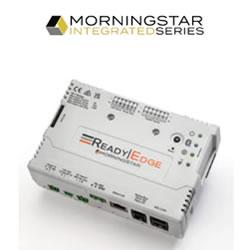Wind, solar power paired with storage could be cost-effective way to power grid
Renewable energy could fully power a large electric grid 99.9 percent of the time by 2030 at costs comparable to today’s electricity expenses, according to new research ("Cost-minimized combinations of wind power, solar power and electrochemical storage, powering the grid up to 99.9% of the time") by the University of Delaware and Delaware Technical Community College. A well-designed combination of wind power, solar power and storage in batteries and fuel cells would nearly always exceed electricity demands while keeping costs low, the scientists found.
“These results break the conventional wisdom that renewable energy is too unreliable and expensive,” said co-author Willett Kempton, professor in the School of Marine Science and Policy in UD’s College of Earth, Ocean, and Environment. “The key is to get the right combination of electricity sources and storage — which we did by an exhaustive search — and to calculate costs correctly.” The authors developed a computer model to consider 28 billion combinations of renewable energy sources and storage mechanisms, each tested over four years of historical hourly weather data and electricity demands. The model incorporated data from within a large regional grid called PJM Interconnection, which includes 13 states from New Jersey to Illinois and represents one-fifth of the United States’ total electric grid.
Comments (0)
This post does not have any comments. Be the first to leave a comment below.
Featured Product

